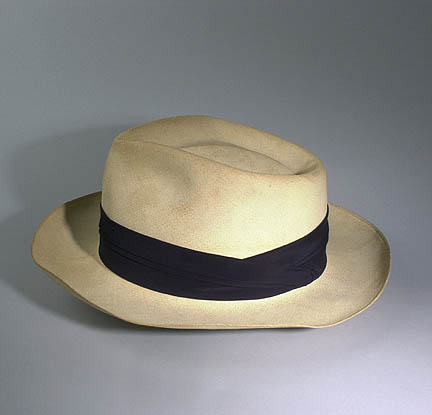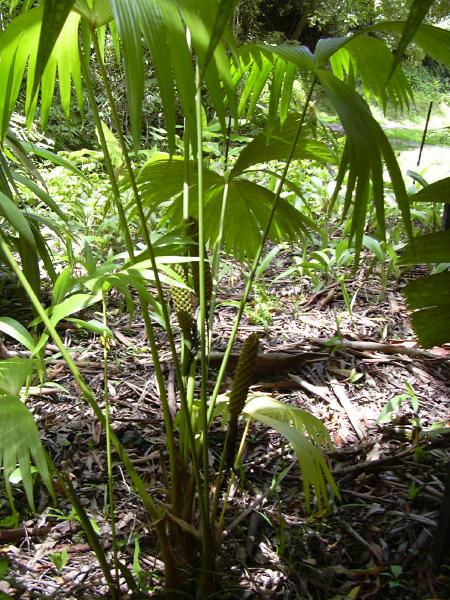History and the making of the Panama Hat
 The name “Panama Hat” is actually a misnomer. Its origin is from Ecuador. During the early 1,500’s, after the Spaniards conquered the Isthmus of Panama, the Spanish conquistadors Francisco Pizarro and Diego de Almagro set out for Ecuador. After which, the Spaniards sent the hats to the Panama Canal. Thus, began the legendary hat forever known to the world as the “Panama Hat.”
The name “Panama Hat” is actually a misnomer. Its origin is from Ecuador. During the early 1,500’s, after the Spaniards conquered the Isthmus of Panama, the Spanish conquistadors Francisco Pizarro and Diego de Almagro set out for Ecuador. After which, the Spaniards sent the hats to the Panama Canal. Thus, began the legendary hat forever known to the world as the “Panama Hat.”
The Panama Hats became so popular that in the late 1,800’s, during the Spanish-American war, the U.S. government purchased 50,000 hats from Ecuador. These hats were for the troop’s protection from the blistering sun during the war.
The raw materials that are used in weaving a panama hat is naturally grown and then harvested when ripe. It is located in the tropical jungles of the Ecuadorian Coast. This raw material is taken from the “Carludovica Palmata” and is often referred to as “Jipijapa,” “Jipi,” or “Paja Toquilla.”
The raw materials are transformed into yarn that is used to weave the panama hat. Some steps include cooking the straw in boiling water (in a big “pailas.”), drying it, and stripping it. The cooking and drying steps involve masterful techniques & knowledge that have been passed down for many generations. Because the straw is very delicate, an unskilled worker who cooks and dries the straw improperly can render it unusable.
The panama straw hat bodies (unblocked woven hats), are washed in hot water and sometimes bleached to yield a uniform color. The washing and bleaching will help rid the straw of impurity spots and bacteria.
Quality
If you hold a panama hat up to a light source you will notice spiral rings starting at the top of the inside crown.
These concentric rings are called “vueltas.” Many use the number of vueltas to identify the quality and fineness of the hat. In the more economical panama hats,
there can be less than ten vueltas. In the finer quality panama hats such as the Montecristi, there can be as many as forty (in most cases).
I have actually seen an Extra-Fino Montecristi with 43 vueltas! Note: Using this method to judge the quality and
fineness of the hat works most of the time. Do not use this as your only judgment for the quality and grade of the panama hat.
Another method is to use is the “Montecristi Cuenta,” as it is sometimes referred to.
To use this method, you would use a ruler and measure one square inch on the panama hat and measure the number of straw fibers going vertically and horizontally.
You would then, multiply the two numbers together and you get the “Montecristi Cuenta.” The greater the number the finer the panama hat.
Yet another method is to use your eyes. For skilled hatters, this is the
quickest way to determine if a hat is worth further inspecting using the above two steps. Just by looking at the hat you can notice if the hat is uniformly woven
with straws of the same thickness. Also, be sure to check and see if the rows are woven straight. You can also notice if the panama hat is woven tightly and if there are
any “pin holes.” Excess pin holes usually signify a loosely woven panama hat resulting in a poor look.
 Carludovica Palmata
Carludovica Palmata
Height: 5ft. to 10ft.
Leaf Blades: 15in. to 36in. (Approx. 1ft. to 3ft.)
Region of Origin: Central America to Bolivia
Classification:
Kingdom: Plantae (Plants)
Subkingdom: Tracheobionta (Vascular Plants)
Superdivision: Spermatophyta (Seed Plants)
Division: Magnoliophyta (Flowering Plants)
Class: Liliopsida (Monocotyledons)
Subclass: Arecidae (Palm Family)
Order: Cyclanthales (Plant Order)
Family: Cyclanthaceae (Panama Hat Family)
Genus: Carludovica Ruiz & Pavón (Carludovica)
Species: Carludovica Palmata Ruiz & Pavón (Panama Hat Plant)